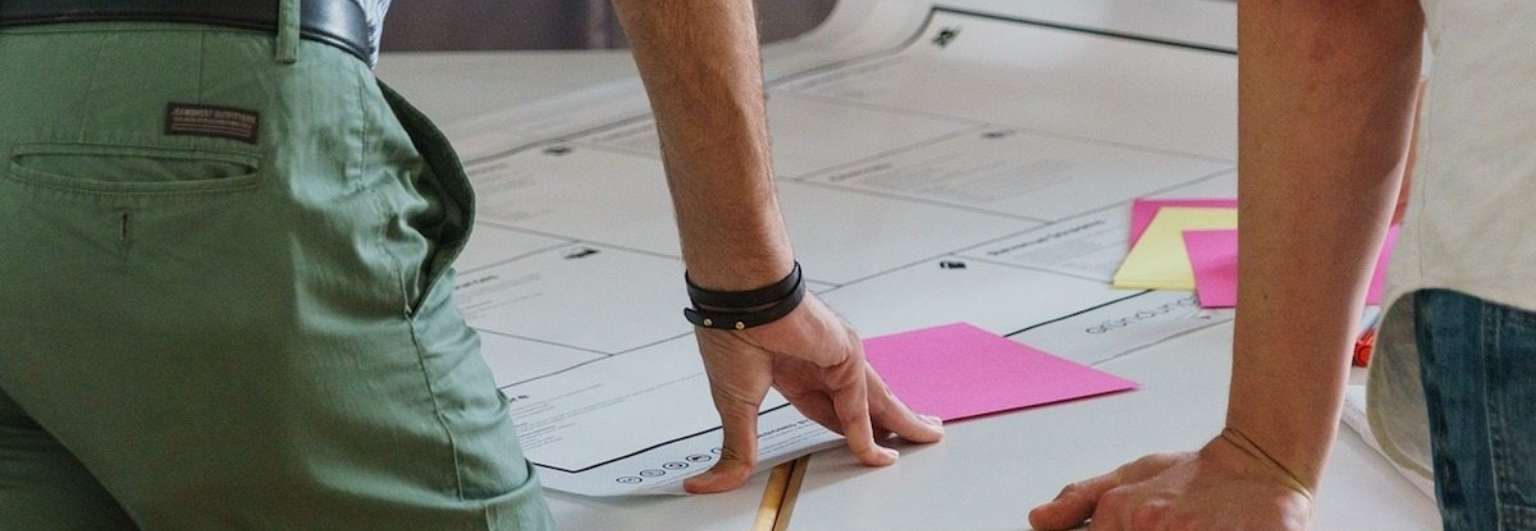
12 Oct The Importance of Safety Meetings
Most companies realize the importance of safety meetings, but they’re often less productive than they could be. If done incorrectly, they become tedious and mind numbing.
Here are a few tips to spice up your safety meetings and to create a “culture of safety” in your organization.
Improve Focus
Poorly organized safety meetings send the wrong message to employees. They suggest that the meeting and safety aren’t priorities. The appointed person can improve focus by adhering to the following concepts:
- Distribute an agenda beforehand – Let people see what’s coming up so they can prepare their questions.
- Be prompt – Most people are busy, so don’t waste their time. Encourage a “must attend” attitude and start the meeting at the appointed time.
- Prepare – Ensure any forms or reports are on the table before the meeting begins. Set up and test video, audio, or computer equipment beforehand.
- Set the mood – Create a setting that encourages participation. When possible, choose a round table or set rectangular tables into a U-shape. Avoid dim lighting or overly warm rooms.
- Keep it short – Nothing decreases focus more than long-winded, rambling meetings. Create talking points and go through them quickly. Limit meetings to no more than one hour; less if they’re weekly meetings.
- Small groups – Large companies should divide their safety meetings into area-specific groups. Safety issues often vary, depending on work performed.
- Add visuals – Posters, flipcharts, whiteboards, PowerPoint presentations, and videos can reinforce a message. Vary techniques for each meeting.
- Choose a single concept – Focus on a single concept such as best practices, attitude in the workplace, or physical skills such as proper lifting or machine operation.
- Use simple language – Education and language skills vary and not everyone understands industry jargon. Use basic language and explain complex terms.
- Provide examples – When explaining a particular problem, find an actual example, what the issue was, and what people should do instead.
- Record proceedings – All companies should record the minutes of safety meetings. They are required in some industries for OSHA, but provide helpful reference information for everyone.
- Summarize company policy – Briefly outline the company’s safety policy and the applicable state and federal guidelines regarding the meeting topic.
- Allow time for feedback – Let people ask questions and have them complete a brief evaluation form. Ask for suggestions to improve future meetings.
Choose Appropriate Topics For Your Safety Meeting
Safety meetings should address current issues, potential problems, best practices, and preventative measures. Here are some ideas to consider when preparing for a safety meeting.
- Review a “close call” reported by an employee
- Review an injury within the company or your industry
- Discuss seasonal hazards such as snow, rain, cold, darkness, or heat
- Detail accident and injury reporting procedures
- Review equipment operation and safety measures
- Demonstrate proper lifting techniques
- Outline fire, earthquake, and chemical spill procedures
- Review workplace cleanliness, signage, and safety requirements
- Discuss general and specific safety equipment
- Review industry specific injuries such as back strain, eye damage, breaks, cuts or abrasions.
These are just a few ideas, but you’ll probably have more depending on your industry and work environment. Safety officers should prioritize their list of topics and revisit issues if they continue to occur.
Safety meetings needn’t be a chore. Plan, organize, and create interest. It increases retention and reduces workplace injuries.
Gilbert’s Risk Solutions has a 160-year history in Pennsylvania, but we’re not stuck in the past. Our commitment to excellence, education, and cutting-edge technology, make us uniquely positioned to tackle the challenges of the modern world.
Managing risk includes consultation, diagnosis, and proactive planning. You need the right insurance to protect you and an industry expert to guide you. We’re local and reliable and easy to talk to, so contact us to discuss your insurance needs. We’ve helped people for over 160 years, and we’re here for you, too.


No Comments